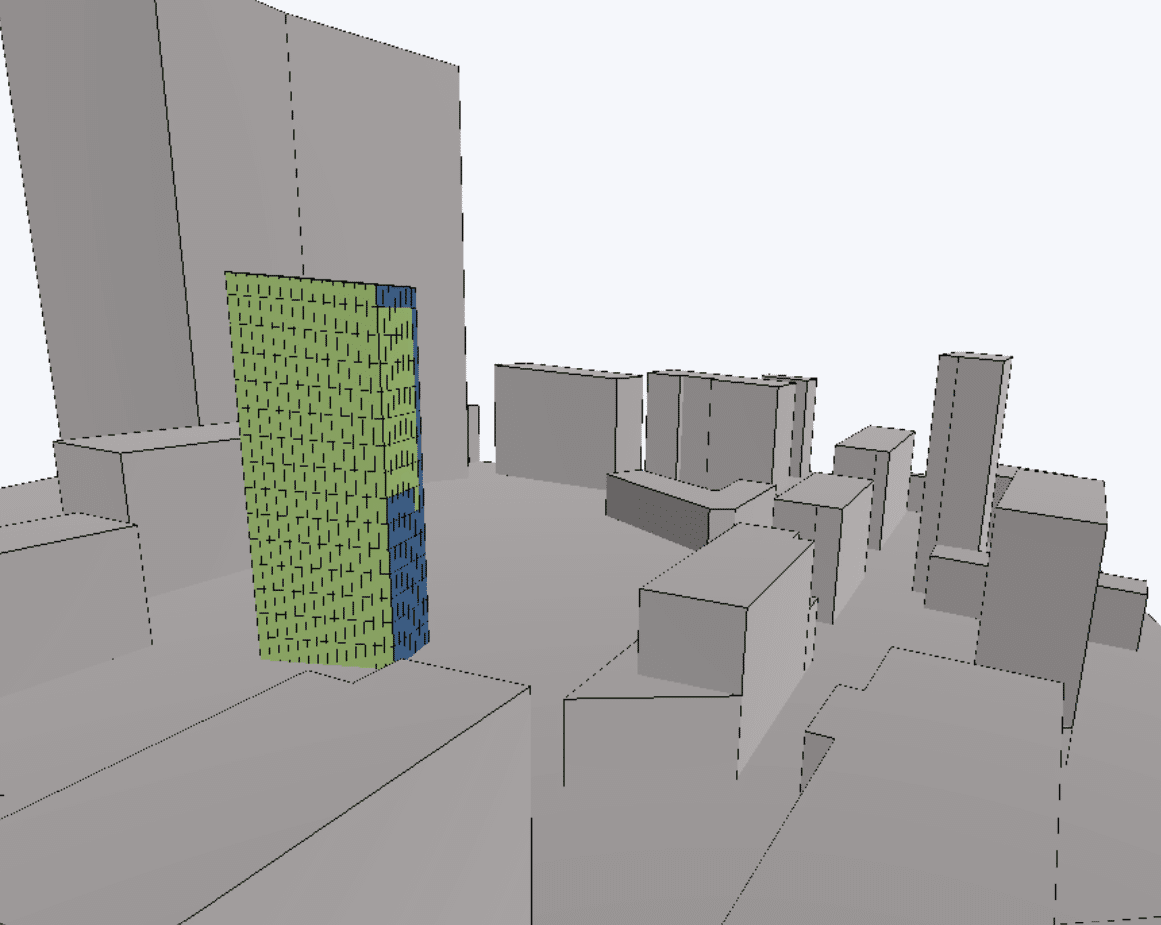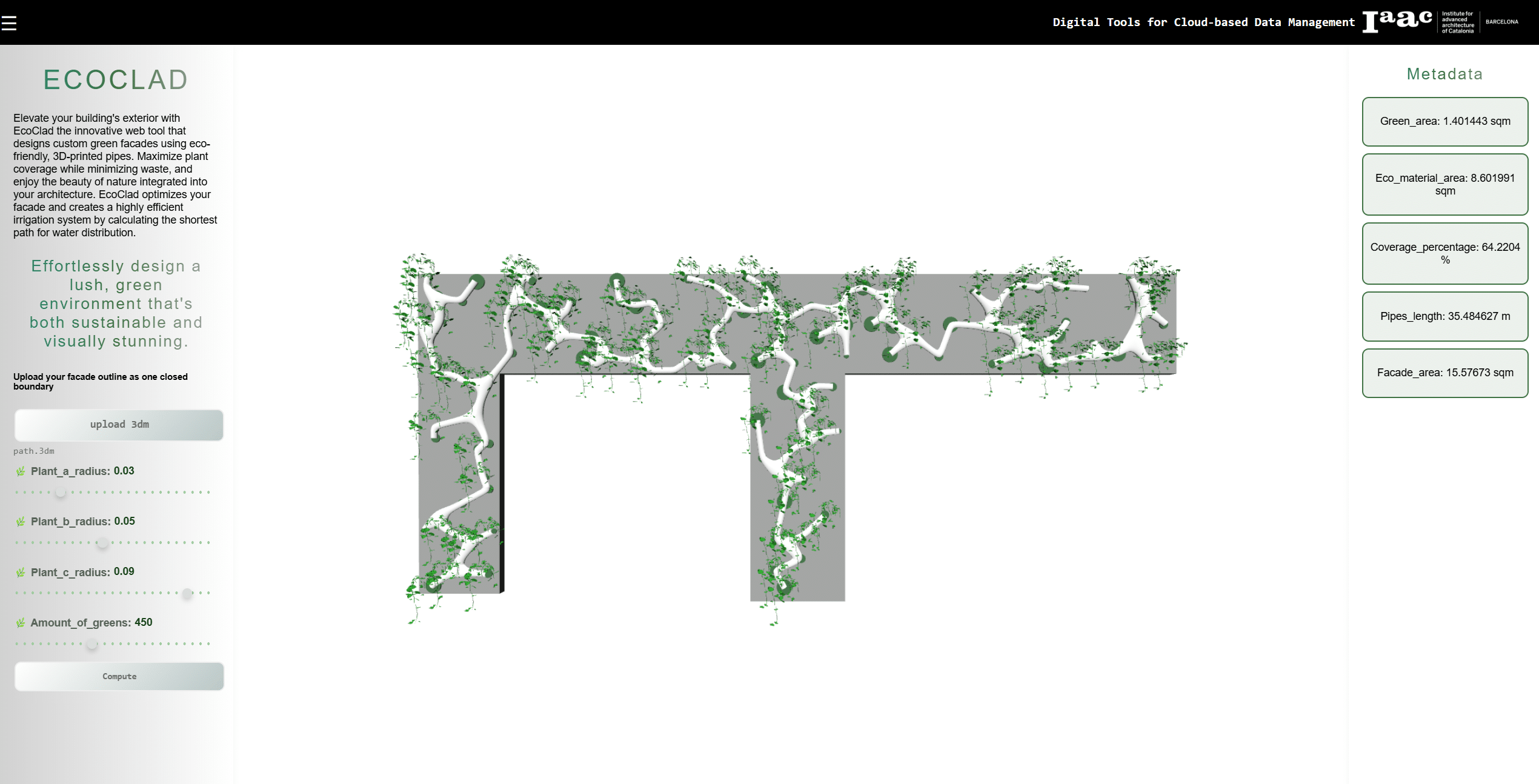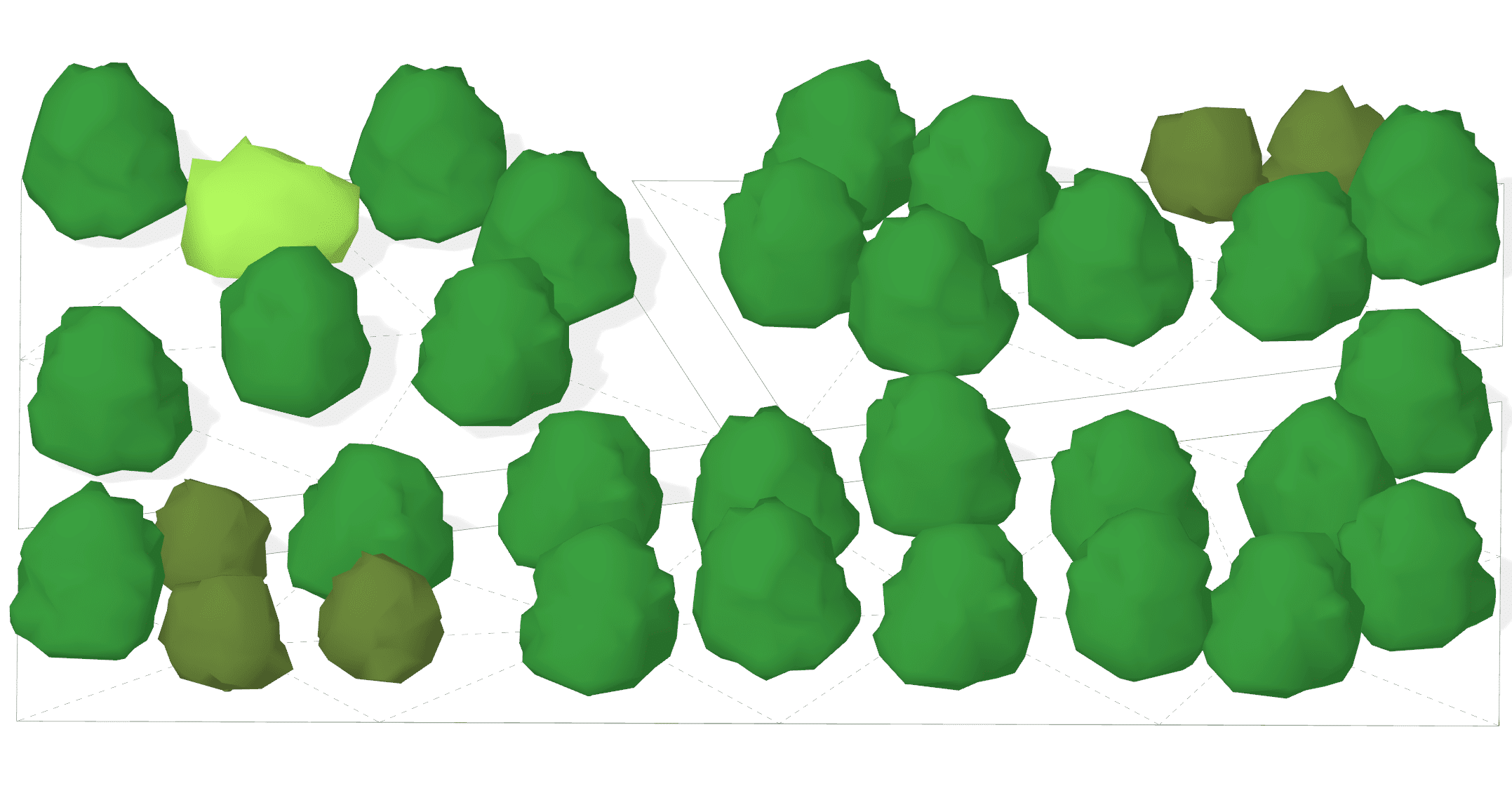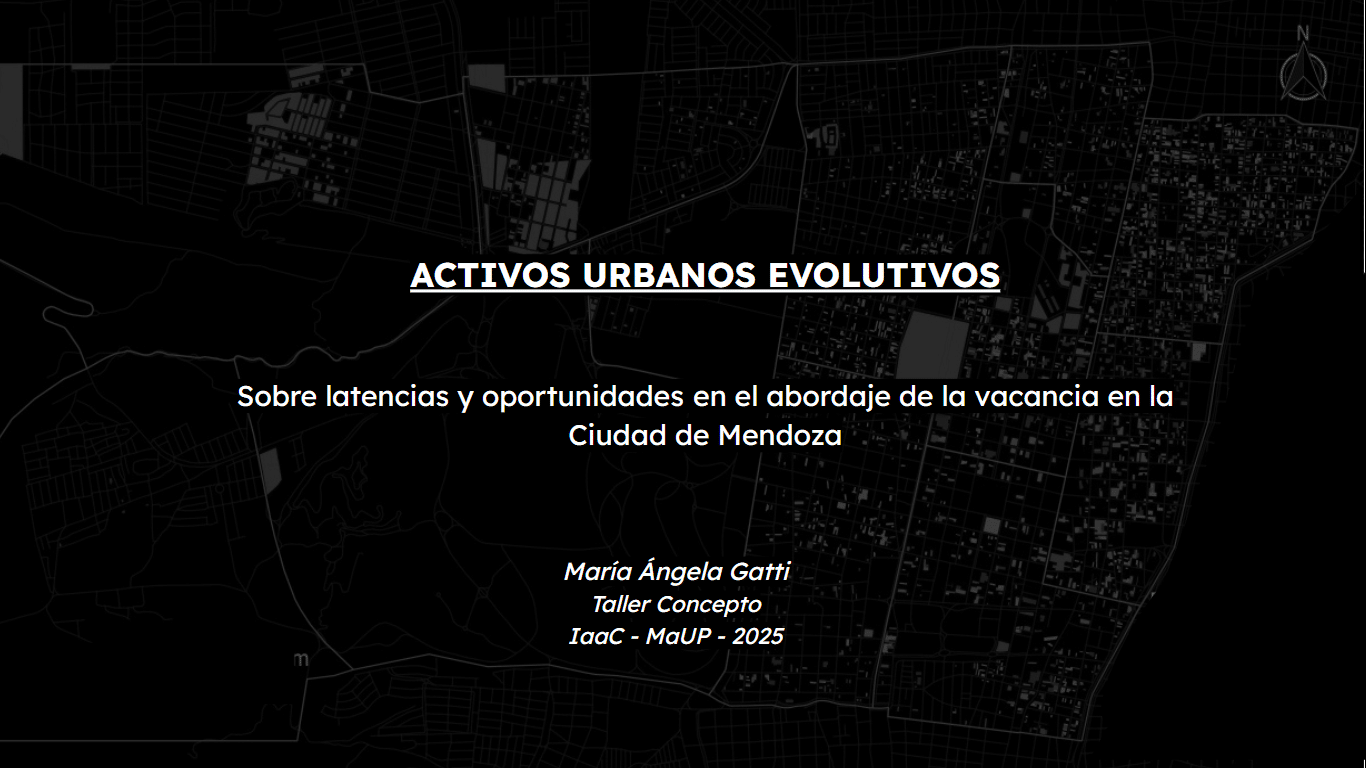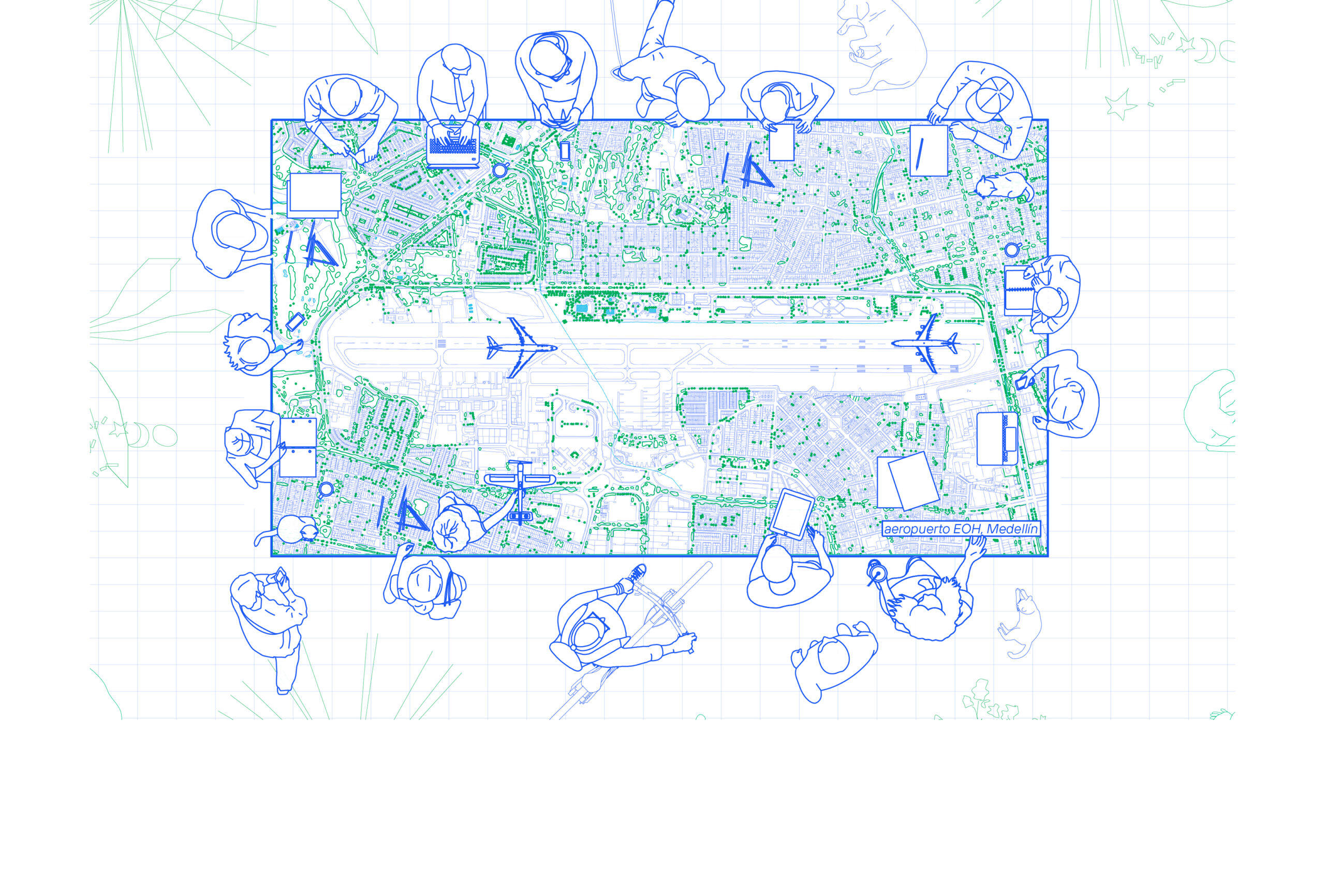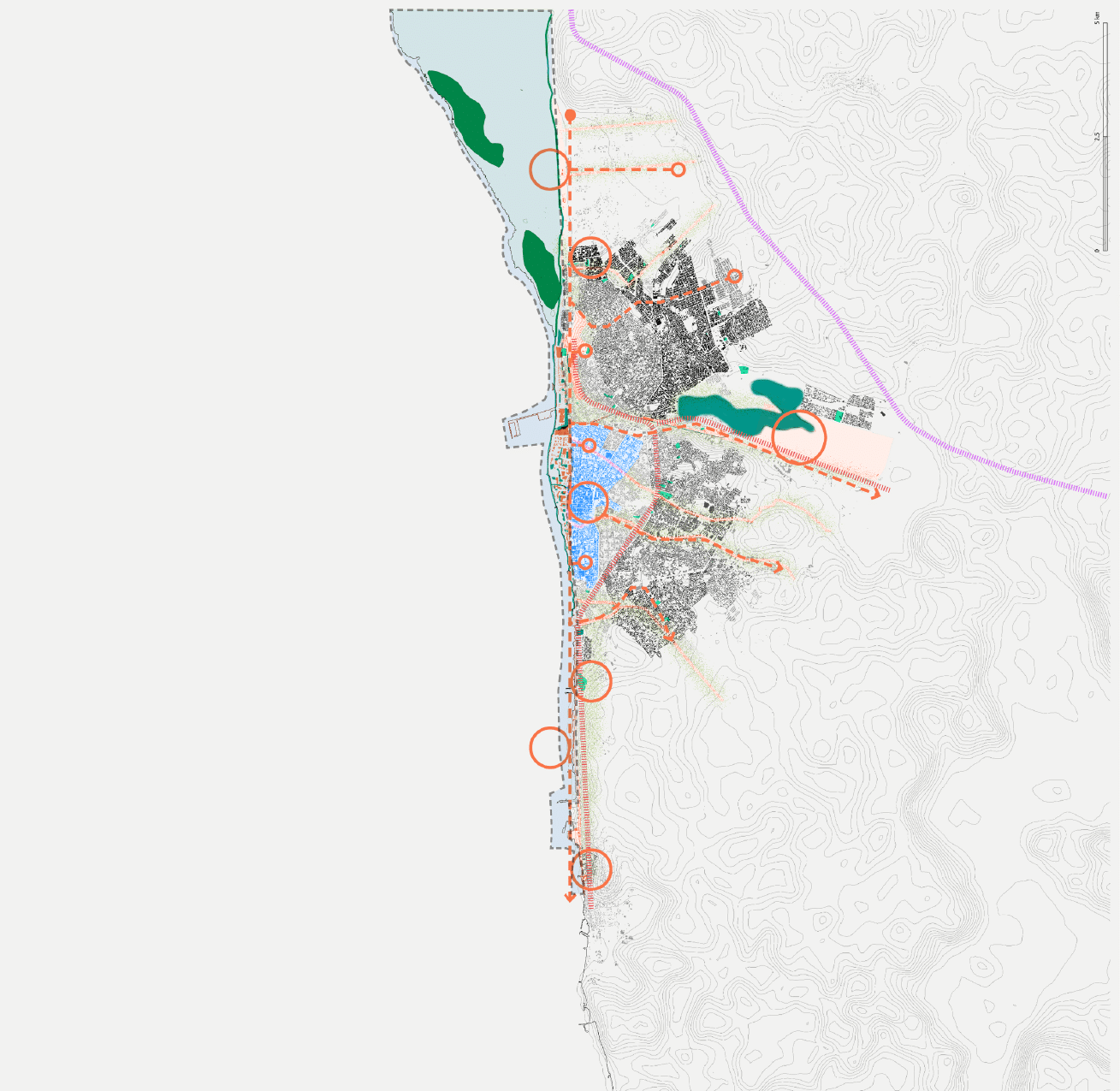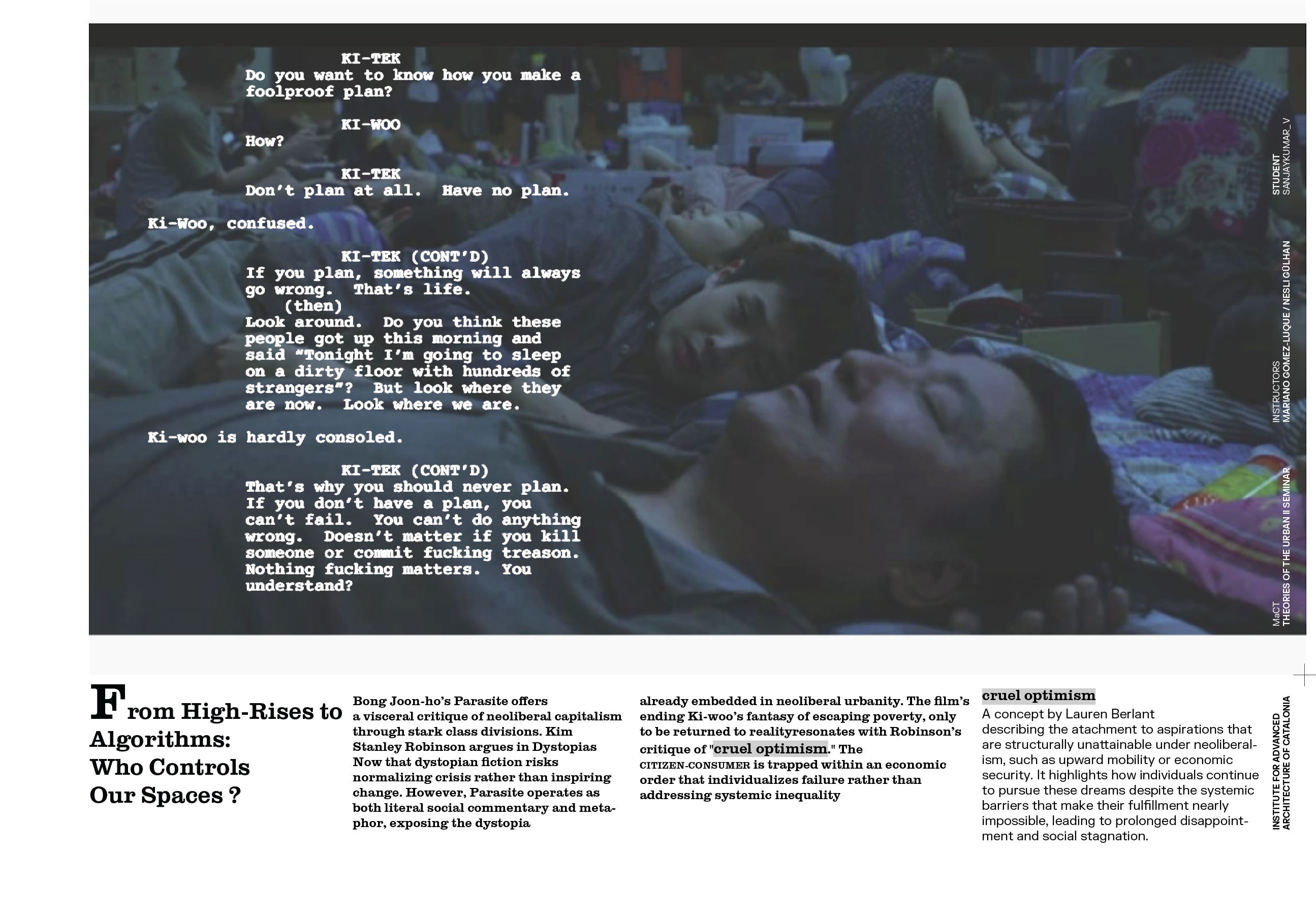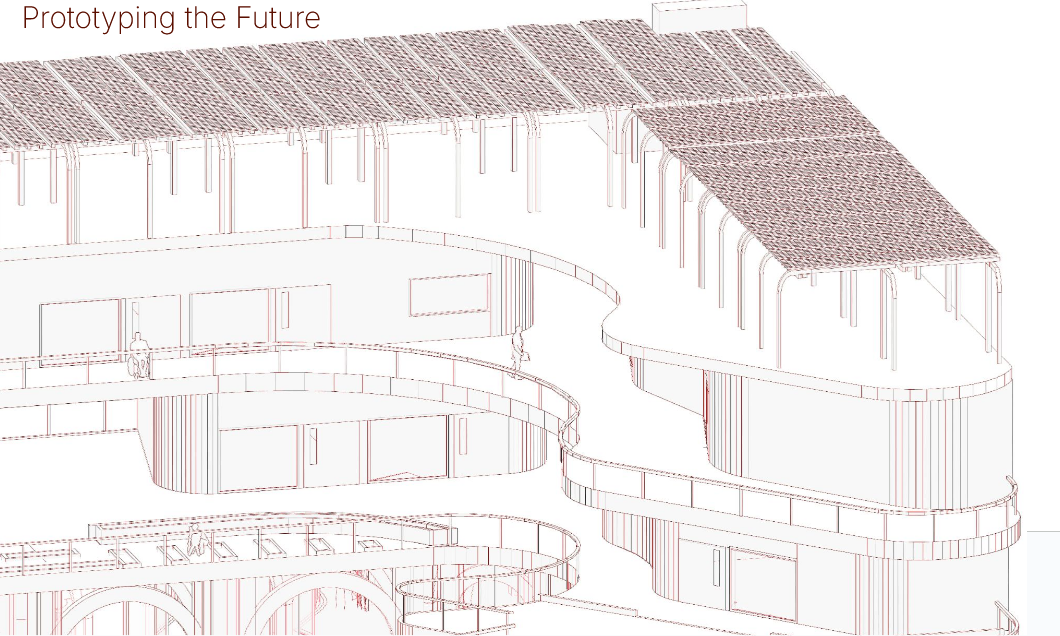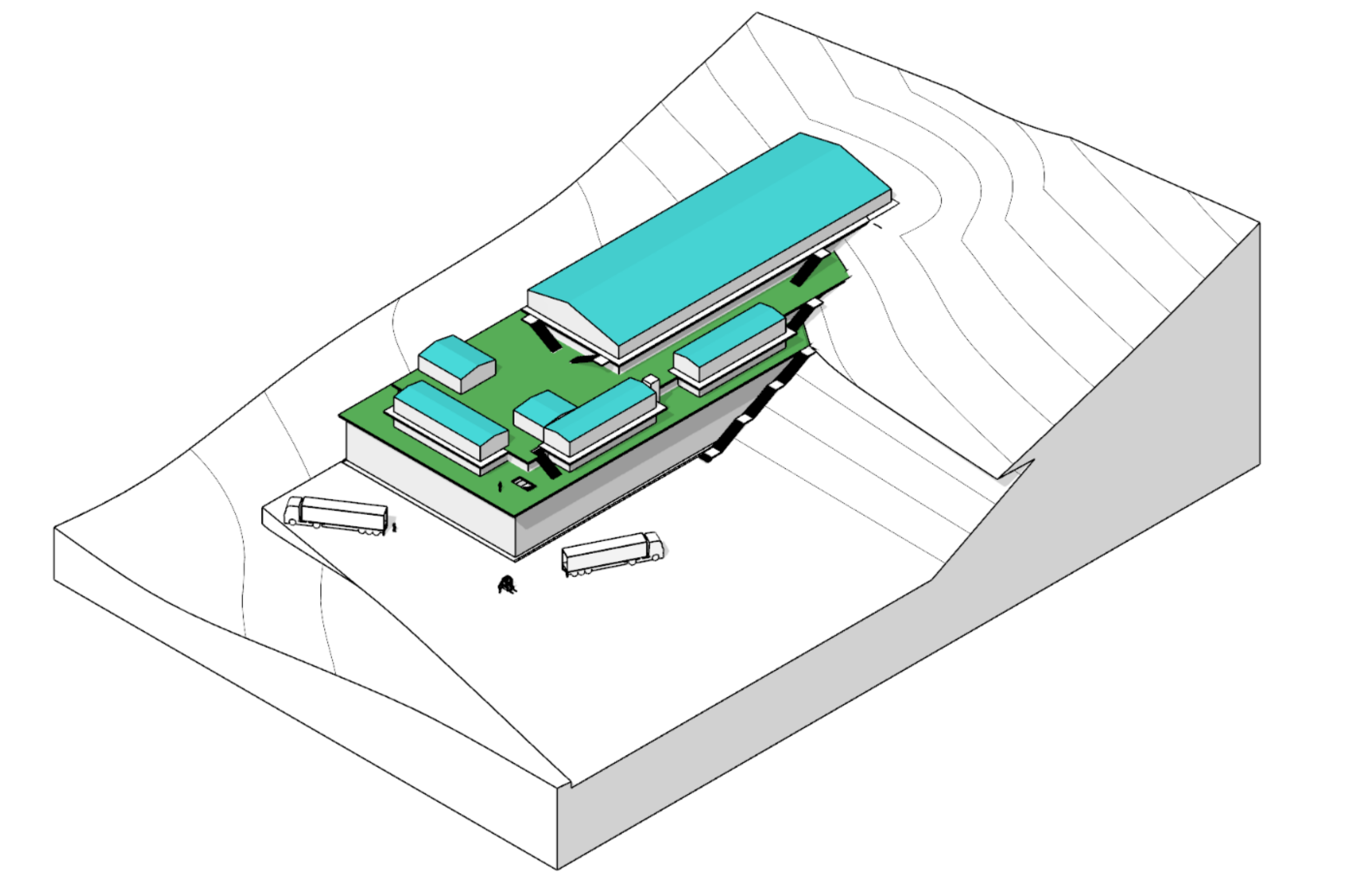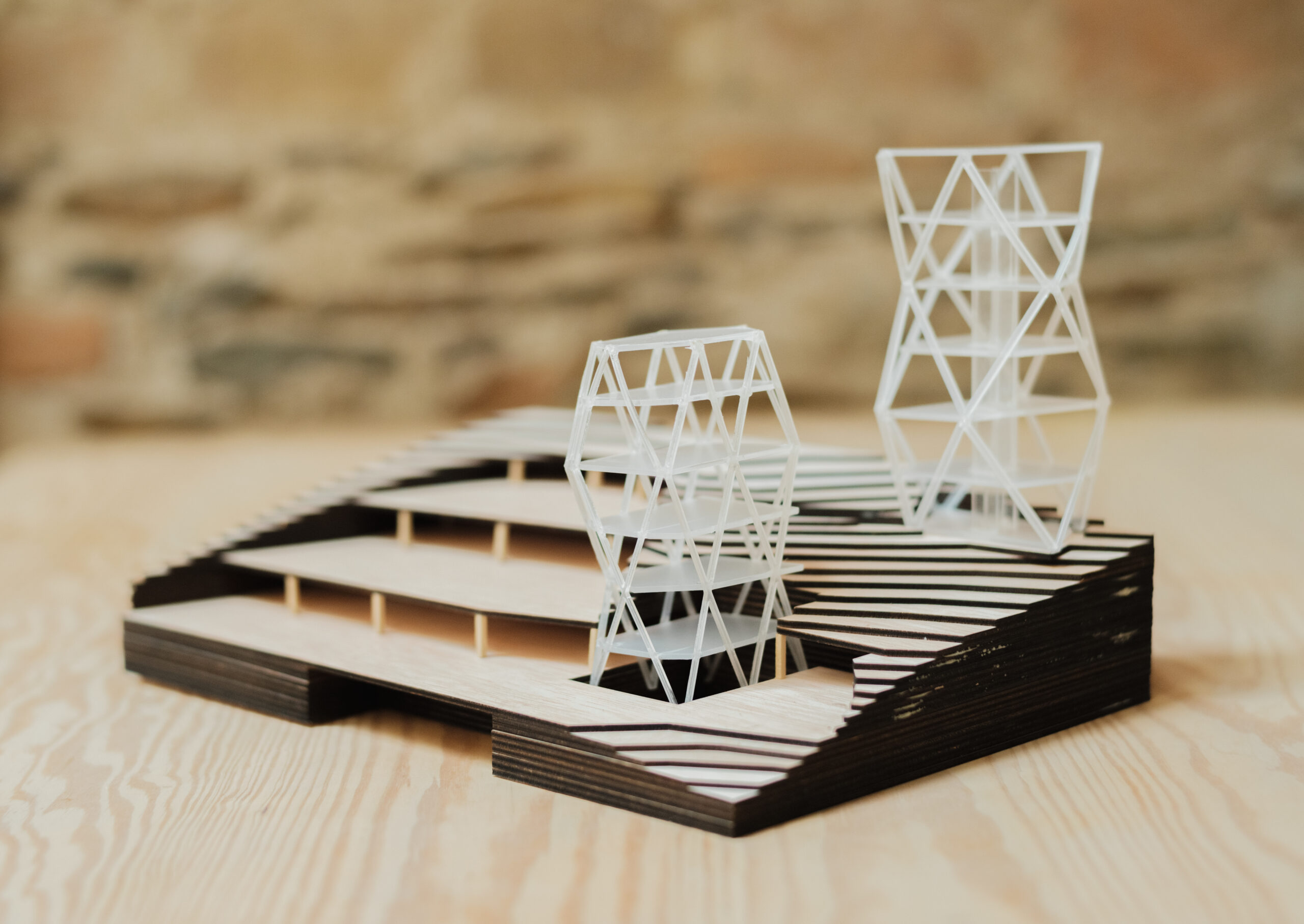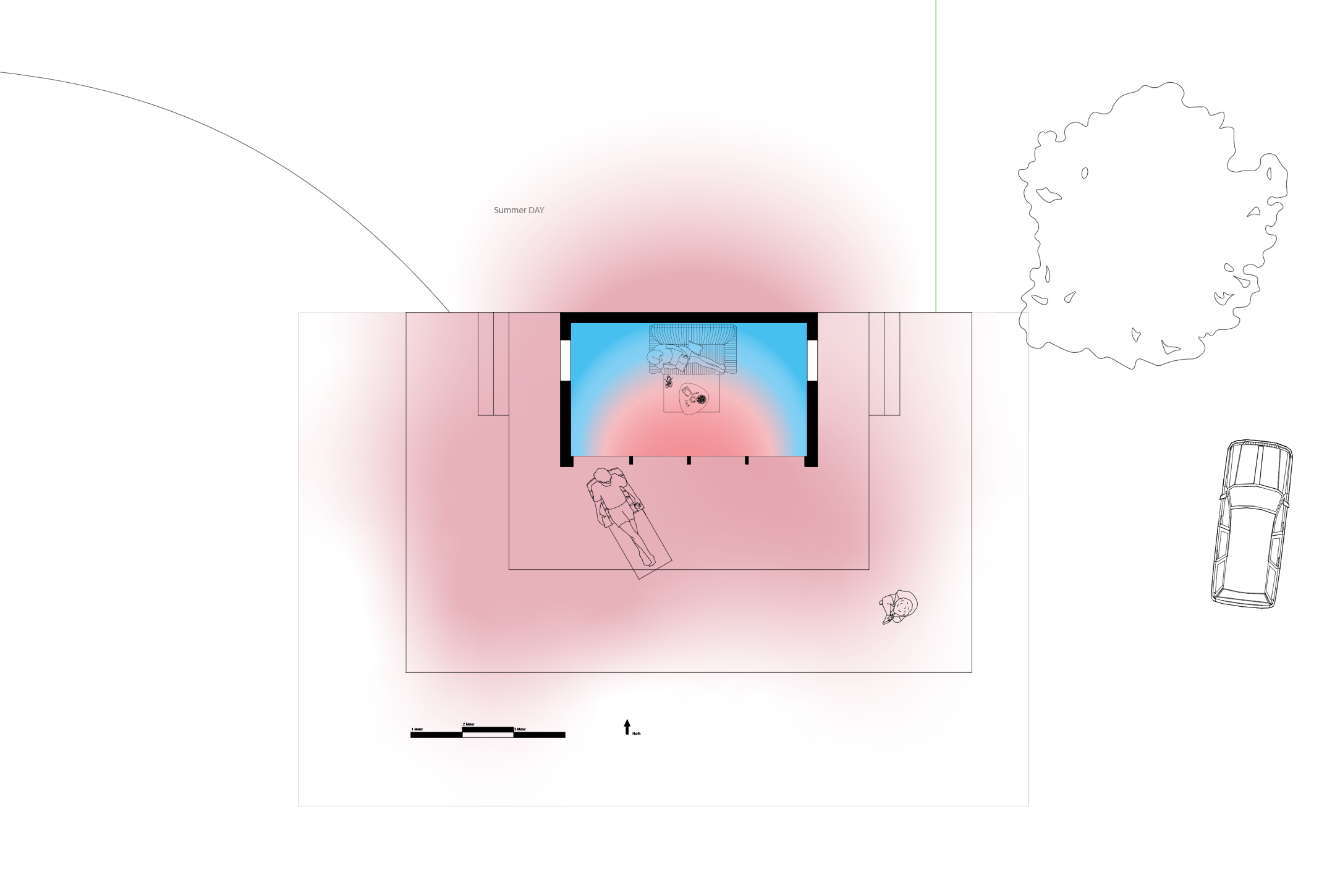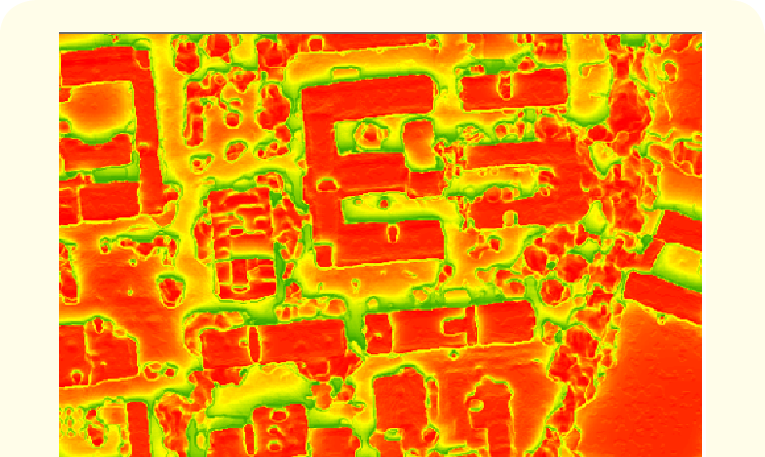OptiBIPV
What & Why ? OptiBIPV is an app designed to enhance an integrated design approach for photovoltaic facades right from the early design stages. In today’s building design, balancing aesthetics with the growing demand for energy production is more important than ever. OptiBIPV enhances collaboration for a more sustainable environment, helping architects, facade designers, and … Read more

